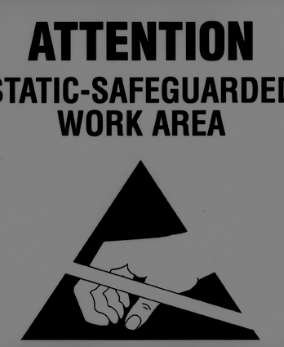WHY TAKE PART IN ESD TRAINING?
People pose the biggest threat to ESD sensitive components. Studies have shown that personnel in a manufacturing environment frequently develop 5000 volts or more just by walking across the floor. A technician seated at a non-ESD workbench could easily have a 400-500 volt charge on his or her body caused not only by friction or tribocharging but additionally by the constant change in body capacitance that occurs from natural movements. The simple act of lifting both feet off the floor can raise the measured voltage on a person as much as 500-1000 volts. However, when properly trained, operators can become the key weapon in the fight against ESD. Some might say that the most important factor in a successful static control program is developing an awareness of the “unseen” problem.
Not only that, but training is a requirement of the ANSI/ESD S20.20 standard. Per section 7.2 Training Plan “A training plan shall be established to ensure all personnel who handle or otherwise come in contact with any ESDS items are provided with initial and recurrent ESD awareness and prevention training. Initial training shall be provided before personnel handle ESDS items.”
Essential basic ingredient in any effective static control program


Requirement of ANSI/ESD S20.20